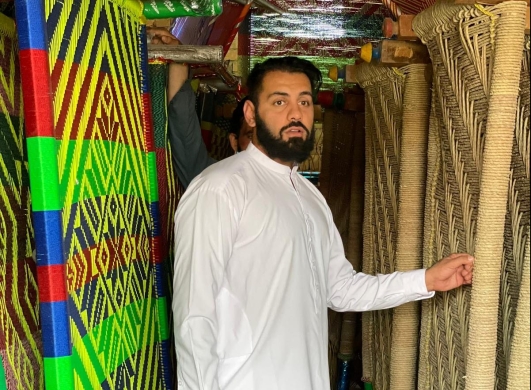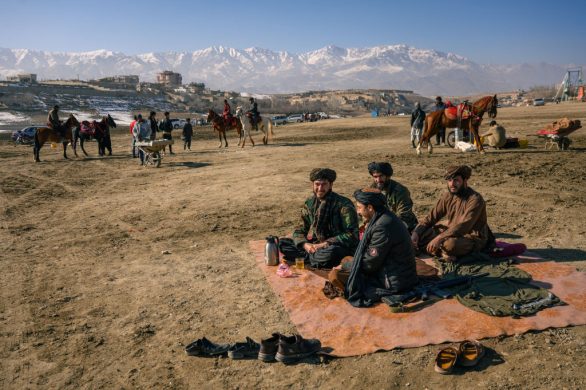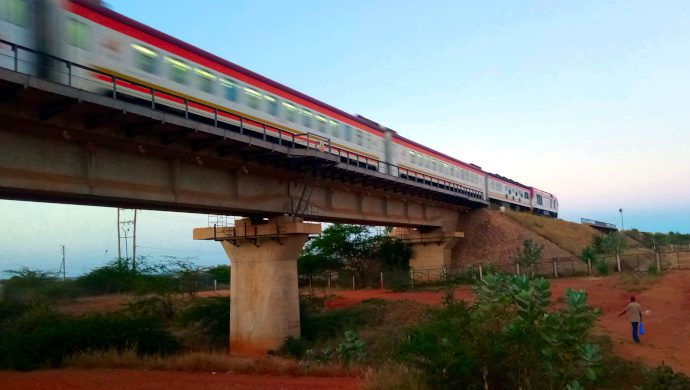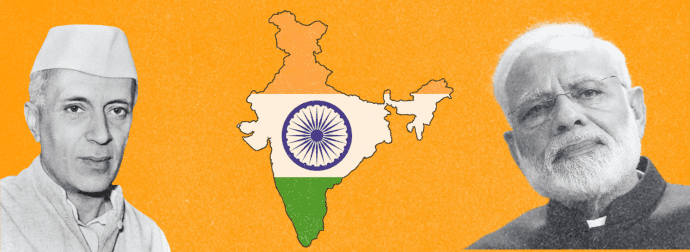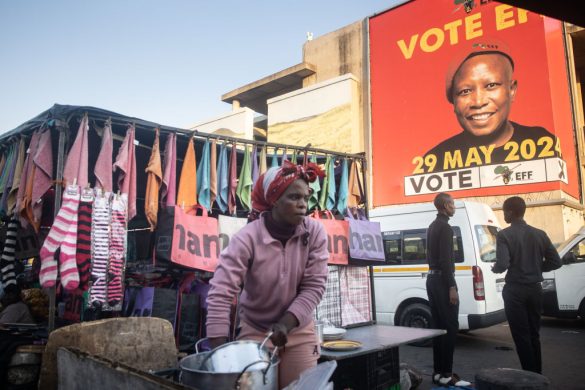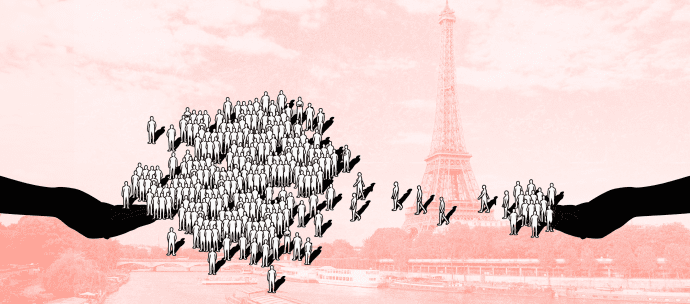The United Nations World Food Programme Friday began distributing food for the first time to families stricken with the HIV- virus in Myanmar (Burma), where infection rates are among the highest in Southeast Asia, according to a news-release from the organization.
WFP is giving a monthly ration of 65 kilograms of rice for nine months to some 400 families in central Myanmar, a poor part of the country whose central trucking routes have abetted the spread of HIV/AIDS.
The food is distributed as part of a package of “home-based” community care that is being administered by the Myanmar Nurses
Association.
Some 15 percent of those receiving the rice are tuberculosis patients for whom the food serves as an incentive to continue long-term follow-up treatment.
– This one-year pilot programme is a first step in our efforts to ease
the suffering of people in Myanmar living with the disease and help to slow its spread, said WFP Country Director Bhim Udas.
– The food gives these poor families a better chance for survival, and serves to prevent the practices that trigger infection, like migrant or sex work, added he. Udas noted that the programme is scheduled to expand to the Shan State in eastern Myanmar later this year.
WFP has made fighting HIV/AIDS one of its top priorities for assistance. The experience of the last 20 years of the pandemic has shown that food is the first line of defence in the fight against AIDS. Food aid keeps people with the disease healthier for longer periods of time; additionally, it helps stabilize a stricken household, keep children in school and prevent adults from engaging in high-risk practices for income.
In Myanmar, WFP plans to work within existing home-based care
programmes run by national NGOs like the nurses association, which identified the 400 families in the so-called “Dry Zone” of Myanmar and started visiting them in their homes to give medical treatment and supplies along with counselling in nutrition and hygiene.
Home-based care costs a fraction of hospitalisation, which can
completely drain a familys income as the household head sells off
land and other assets to pay for institutional care. For people unable to afford anti-retroviral drugs, home-based care is the safetynet against misery and quick death.
WFPs food component of this package has other important benefits, Udas explained: – Nutritious food can help people with HIV/AIDS stay healthier longer. They may even be able to contribute to the household income. And wehave seen that a family with adequate food is less likely to pull the children out of school.
UN agencies estimate that between 300.000 and 500.000 people in Myanmar have HIV and that 2,2 percent of pregnant women are
infected, more than twice the benchmark of 1 percent used by UNAIDS and the World Health Organisation to identify a generalised epidemic.
These rates put Myanmar alongside Cambodia and Thailand as countries with the highest HIV rates in the region. One reason for the spike in infection rates is Myanmars geographic location: sharing borders with countries with high HIV levels makes the country vulnerable to cross-border infection from migrant workers.
– Through food aid, we can make a significant contribution to the
complementary activities of the government, UN agencies and NGOs to help stop HIV/AIDS from devastating Myanmar, said Udas.
Mymanmar is the second country in Asia where WFP is assisting people with HIV/AIDS. A community-based care project for 4.000 households was launched in Cambodia last year.
WFP is the worlds largest humanitarian agency. In 2003 WFP fed nearly 110 million people in 82 countries including most of the worlds refugees and internally displaced people.
Kilde: www.wfp.org





